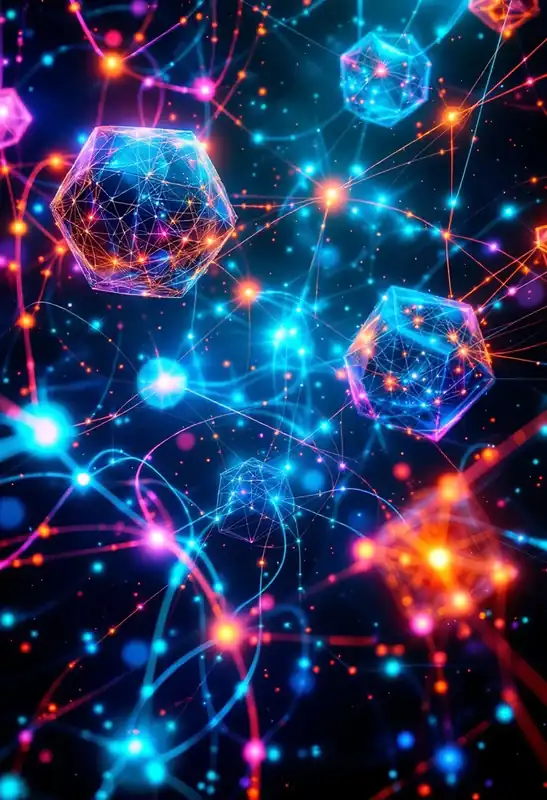
3D-to-3D Model
A computational model that transforms three-dimensional data into another 3D format, typically involving tasks like transformation, enhancement, or generation of new 3D structures.
3D-to-3D models play a crucial role in AI applications dealing with spatial data, such as computer graphics, robotics, and medical imaging, where they are used to transform, enhance, or synthesize three-dimensional structures. These models employ complex algorithms, often leveraging neural networks, to process 3D inputs—such as point clouds, meshes, or volumetric data—and produce new 3D outputs which may involve improving geometrical accuracy, generating textures, or creating entirely new shapes. In graphics and animation, these models facilitate realistic character designs from simple skeletal frameworks, and in robotics, they help in detecting and interacting with environments in a more sophisticated manner. The theoretical framework often includes Convolutional Neural Networks (CNNs) adapted for 3D data, which handle the inherently volumetric and continuous nature of the data involved.
The term 3D-to-3D model traces back to the early adoption of AI in spatial data processing but gained significant popularity around the late 2010s, as advancements in deep learning began to effectively handle more comprehensive 3D transformations. This period marked a surge in research focused on deep learning applications for 3D data, fueled by the widespread availability of 3D sensors and computational resources.
Key contributors to the development of 3D-to-3D models include academic researchers and industry pioneers from institutions like Stanford University and companies such as NVIDIA and Autodesk. These groups have been instrumental in developing robust frameworks for 3D neural networks and have pushed the boundaries of generative models and their applications in real-world scenarios.



